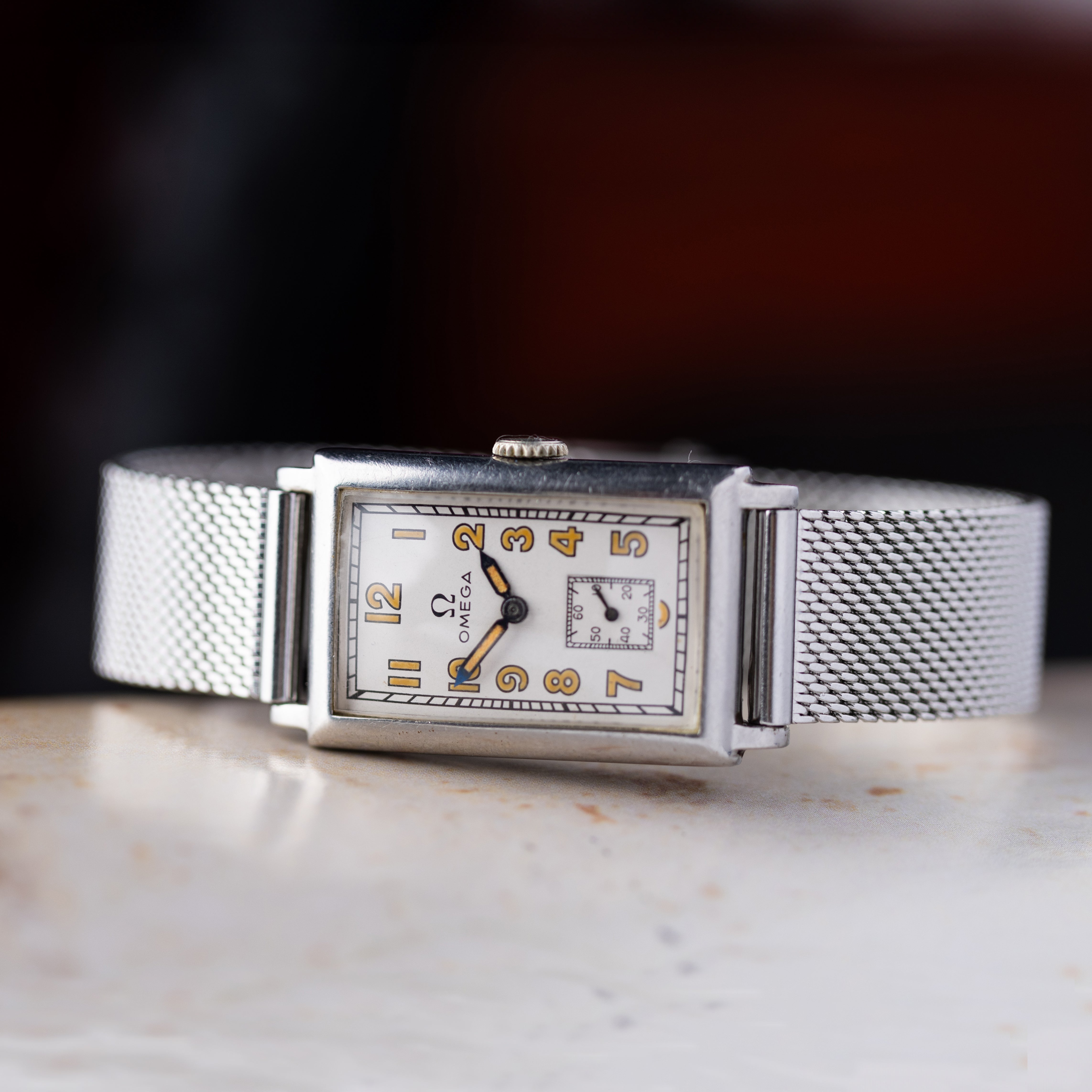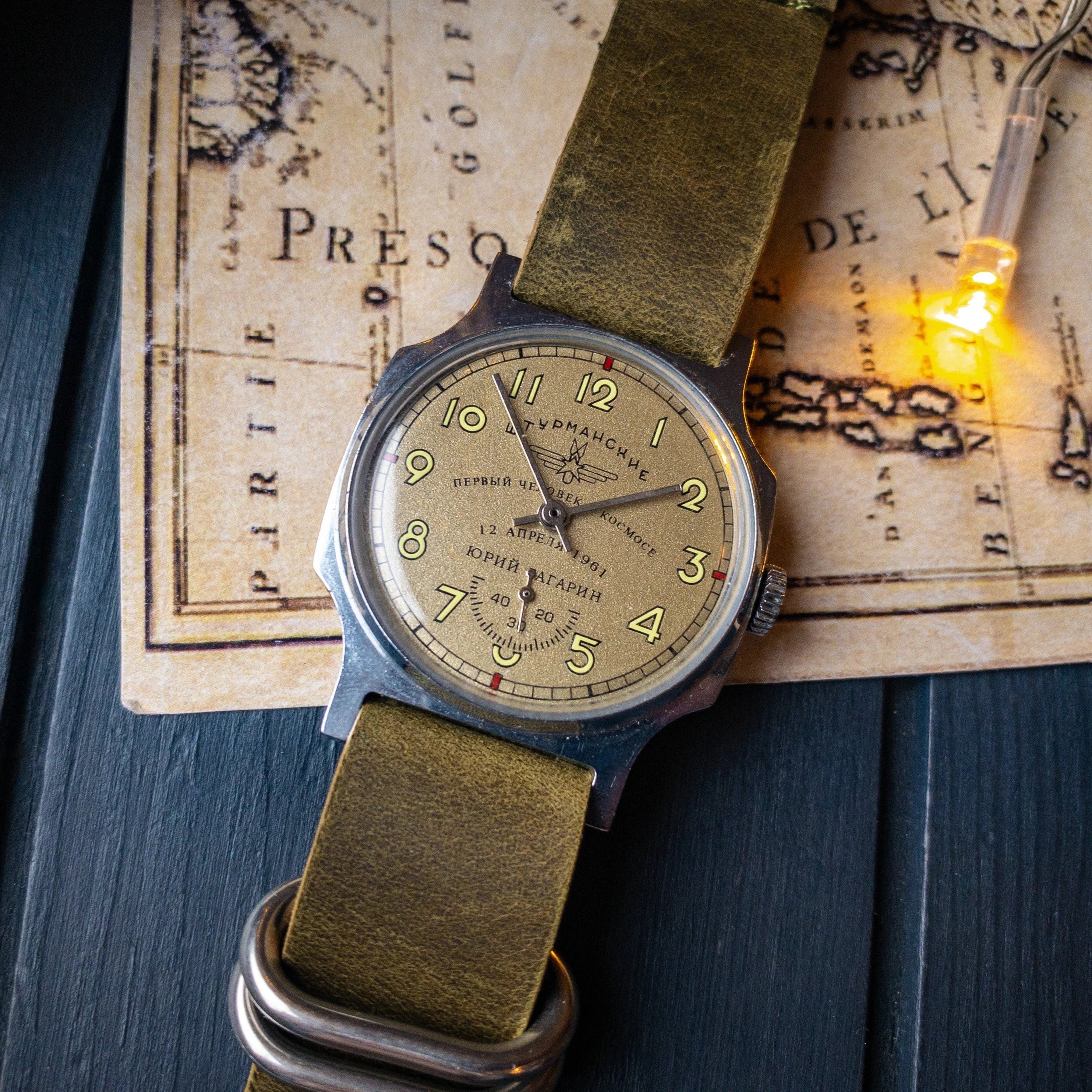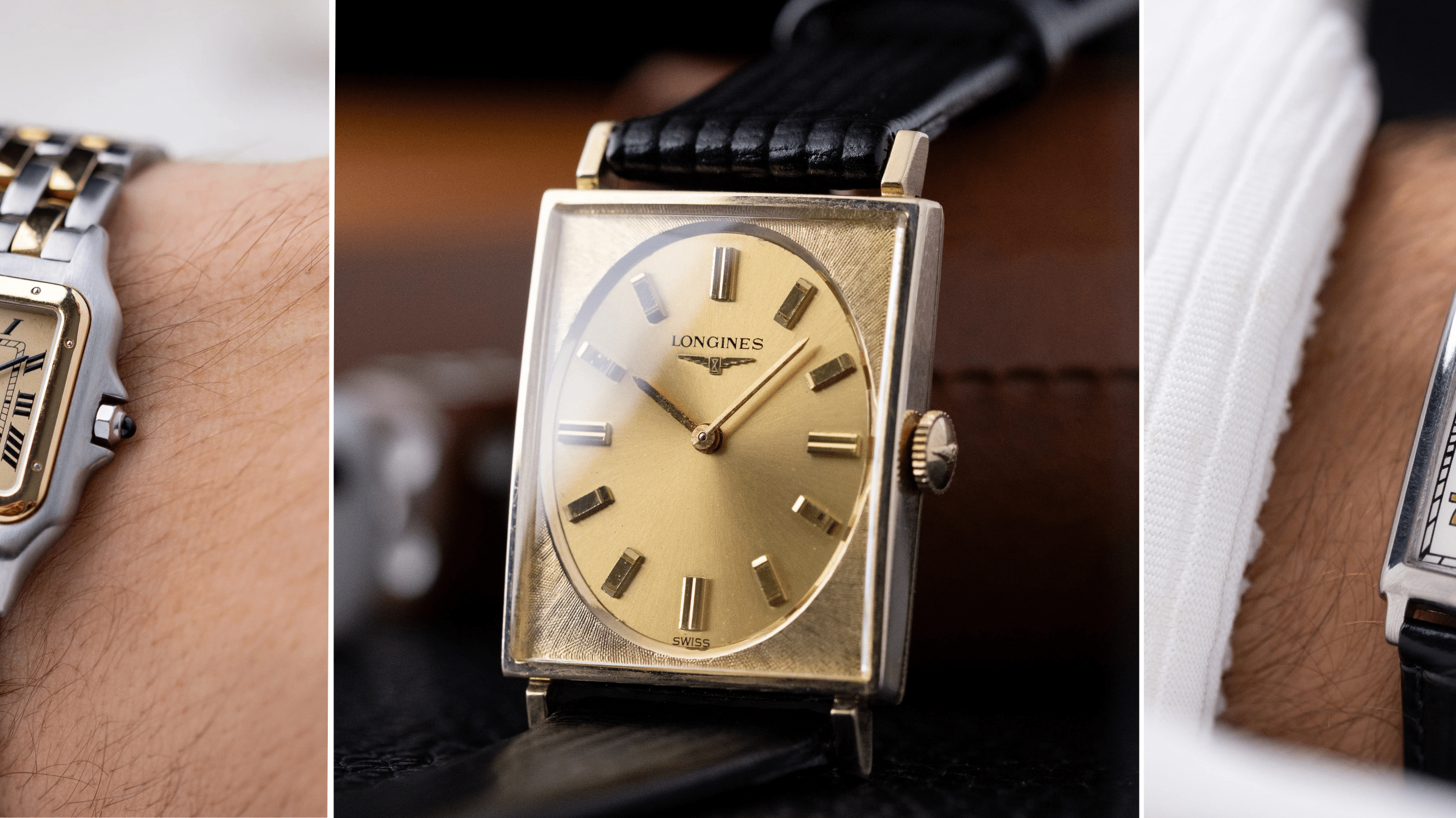Soviet watches, an enduring symbol of the USSR's technological prowess, continue to fascinate collectors and enthusiasts around the globe. These timepieces, produced within a planned economy, were designed with precision, reliability, and functionality at their core. Born out of necessity during the early days of the Soviet Union, the watch industry underwent rapid development, ultimately leading to the creation of legendary brands such as Pobeda, Raketa, Poljot, Vostok, and Slava.
Each brand boasts its unique story and significance, reflecting not only the advancement of watchmaking technology but also the sociopolitical climate of the era. Soviet watches were worn by soldiers, astronauts, and everyday citizens alike, serving as reliable companions during times of peace and adversity.
The watch industry experienced a significant boost during the Space Race, as timekeeping became an essential aspect of manned space missions. The cosmonauts' timepieces, now icons of horological history, exemplify the symbiotic relationship between Soviet watch manufacturers and the nation's ambitious space program.
Despite the challenges and upheaval following the collapse of the Soviet Union, the allure and craftsmanship of Soviet watches persist. The modern revival and reinterpretation of these classic timepieces by contemporary Russian watch companies signal a renewed appreciation for this extraordinary chapter in horological history. As we delve into the world of Soviet watches, prepare to embark on a journey through time, technology, and the indomitable spirit of human innovation.

Historical Context and the Birth of Soviet Watch Industry
In the nascent years of the Soviet Union, the country faced a severe shortage of timepieces, prompting an urgent need for watch manufacturing. Fueled by the rapid industrialization campaign, Soviet leadership sought to establish a self-sufficient watch industry, resulting in the founding of the First State Watch Factory (1GChZ) in 1927. Situated in Moscow, the factory received vital support from the Dueber-Hampden Watch Company, an American enterprise that supplied machinery and technical expertise.
As the industry gained momentum, the Second Moscow Watch Factory emerged in 1930, further solidifying the Soviet Union's commitment to horological advancement. The state envisioned timekeeping as an essential tool for realizing the Five-Year Plans, which aimed to propel the Soviet Union into a leading global position.
The transfer of the Lip Factory, a renowned French watchmaker, to the Soviet Union in 1931 marked a significant leap forward. The acquisition not only provided access to cutting-edge machinery but also the expertise of skilled watchmakers, who meticulously trained their Soviet counterparts.
The 1940s saw the emergence of new watch factories across the nation, including the Chistopol Watch Factory, which later became Vostok, and the Penza Watch Factory, destined to produce the renowned Slava watches. These developments laid the groundwork for a golden era in Soviet watchmaking.
During World War II, the industry demonstrated remarkable resilience and adaptability. Factories evacuated to the Ural Mountains, continuing production under challenging conditions. Remarkably, they manufactured watches for both military and civilian use, with a focus on precision and durability.
Post-war reconstruction efforts accelerated technological advancements, leading to the creation of iconic brands like Pobeda, designed to commemorate the USSR's victory in the war. By the mid-20th century, the Soviet Union emerged as a major player in the global watchmaking landscape, recognized for its unique designs, quality craftsmanship, and innovative technology.
Key Soviet Watch Brands and Models
Pobeda Watches
Pobeda, a brand symbolizing triumph, emerged in 1946, commemorating the USSR's World War II victory. Devised under Stalin's directive, the watch featured a simple yet elegant design, with models such as the Pobeda ZIM and Pobeda Kirovskie gaining widespread popularity. The watches were known for their robustness, accuracy, and affordability, making them accessible to the masses.
Raketa Watches
Raketa, meaning "Rocket," was launched in 1961 to celebrate Yuri Gagarin's pioneering spaceflight. The Petrodvorets Watch Factory, Russia's oldest, produced these iconic timepieces. Raketa watches, renowned for their distinct designs and movements, were built to withstand extreme conditions. One standout model, the Raketa Polar, was specifically designed for Arctic explorers, featuring a 24-hour dial to combat the disorienting polar daylight cycle.
Poljot Watches
Poljot, translating to "Flight," originated at the First Moscow Watch Factory, reflecting the USSR's aeronautical achievements. Established in 1964, Poljot produced the legendary Sturmanskie, the first watch in space, worn by Gagarin himself. Another notable model, the Poljot Okean, accompanied the historic 1975 Apollo-Soyuz joint space mission. Poljot watches are distinguished by their precision, durability, and innovative complications, such as chronographs and moon phase indicators.
Vostok Watches
Vostok, named after the Russian word for "East," emerged from the Chistopol Watch Factory in 1942. The brand gained notoriety for its robust and reliable watches tailored to the Soviet military's needs. The Vostok Komandirskie and Vostok Amphibia remain among the most iconic models, with the latter offering impressive water resistance and a unique case design that enhances its sealing properties under increased pressure. Vostok timepieces are renowned for their distinct aesthetics, blending form and function with a touch of whimsy.
Slava Watches
Slava, or "Glory," originated at the Second Moscow Watch Factory in the 1950s. The brand produced watches that catered to various segments of Soviet society, from workaday timepieces to more elaborate designs. Slava's unique twin-barrel movement, featured in models such as the Slava Transistor and Slava Shturmanskie, allowed for a longer power reserve and improved reliability. The Slava Medical, with its pulsometer scale, served as a practical tool for medical professionals.
These Soviet watch brands, each with its distinct heritage and design philosophy, contributed to the rich tapestry of horological history. Their unique features and adaptability to various conditions, from the depths of the ocean to the vastness of outer space, speak volumes about the ingenuity and technical mastery of Soviet watchmakers. As collectors and enthusiasts continue to cherish these timepieces, the legacy of Soviet watch brands remains etched in the annals of horological innovation.
Soviet Watchmaking During the Space Race
The Space Race between the USSR and the United States generated an unprecedented demand for precise timekeeping devices, propelling Soviet watchmaking into a new era of innovation. As the Soviet space program embarked on ambitious missions, the need for reliable, durable, and accurate timepieces became paramount.
Yuri Gagarin's monumental journey into space in 1961 thrust Soviet watchmaking into the global spotlight. Aboard the Vostok 1, Gagarin wore the Sturmanskie, a watch produced by the First Moscow Watch Factory under the Poljot brand. This historic timepiece, with its manual-wind mechanical movement and luminescent hands, became an icon of horological achievement.
The collaborative 1975 Apollo-Soyuz mission, a symbol of détente between the USSR and the United States, featured the Poljot Okean, a watch specifically designed for the mission. Boasting a chronograph function, 20 ATM water resistance, and a stainless-steel case, the Okean exemplified the pinnacle of Soviet watchmaking technology.
Cosmonaut Alexei Leonov, the first human to perform a spacewalk, relied on the Strela chronograph during his groundbreaking 1965 Voskhod 2 mission. The Strela's stopwatch function and tachymeter scale, crucial for calculating speed and distance, proved invaluable in the extravehicular environment.
The lunar landing ambitions of the Soviet space program led to the development of the Poljot Lunar Chronograph. Though the USSR never achieved a manned lunar landing, the watch, with its moon phase indicator and 24-hour sub-dial, showcased the nation's commitment to cutting-edge technology.
Soviet watches earned their place in the cosmos, not only as instruments for navigating the uncharted expanse of space but also as symbols of national pride and technological prowess. Their indelible connection to pivotal moments in space exploration history has secured their status as prized collectibles and testimonies to human ingenuity.
The End of an Era and the Legacy of Soviet Watches
The collapse of the Soviet Union in 1991 marked a turning point for the nation's watch industry. As the economy transitioned from a centralized system to a market-oriented one, Soviet watch manufacturers faced unprecedented challenges. Global competition, primarily from Swiss and Japanese brands, threatened the industry's survival. Many factories faced closure or drastic downsizing, leading to the decline of several iconic brands.
Despite the tumultuous period, the legacy of Soviet watches endured. The timepieces, imbued with a rich history and representing a bygone era, garnered a dedicated following among collectors and enthusiasts. The rugged durability, distinctive designs, and innovative features of Soviet watches contributed to their lasting appeal.
The Pobeda, Raketa, Poljot, Vostok, and Slava brands continue to hold a special place in the hearts of horological aficionados. Their association with momentous events, from World War II to the Space Race, has cemented their status as cultural and historical touchstones.
In recent years, enthusiasts have witnessed a resurgence in the demand for Soviet-era timepieces, testament to the timeless allure of these watches. Their undeniable charm, coupled with their historical significance, ensures that the legacy of Soviet watchmaking will continue to captivate future generations.
Modern Revival and the Future of Soviet Watch Brands
The modern revival of Soviet watch brands, spearheaded by contemporary Russian companies, has reinvigorated interest in these horological gems. Brands like Volmax, heir to the Poljot legacy, and Meranom, an official Vostok distributor, have played vital roles in preserving and perpetuating the storied heritage. Through the meticulous restoration of vintage timepieces and the development of modern interpretations, these companies ensure that the spirit of Soviet watchmaking thrives. As a new generation of enthusiasts discovers the unique charm of Soviet watches, the future of these iconic brands remains bright, poised for continued success in the horological world.








